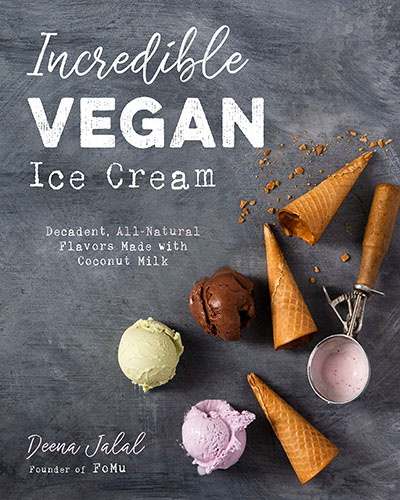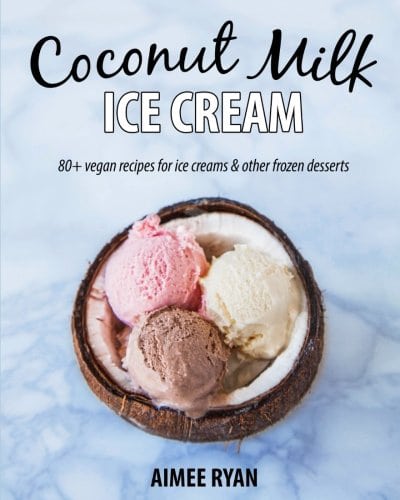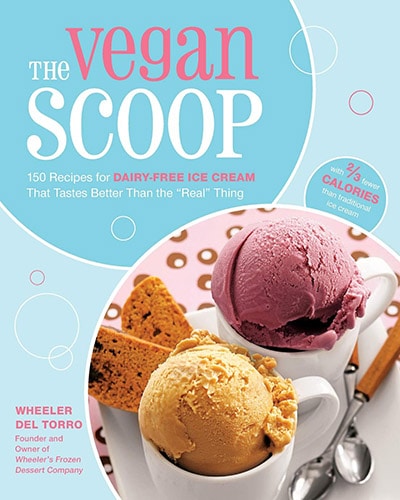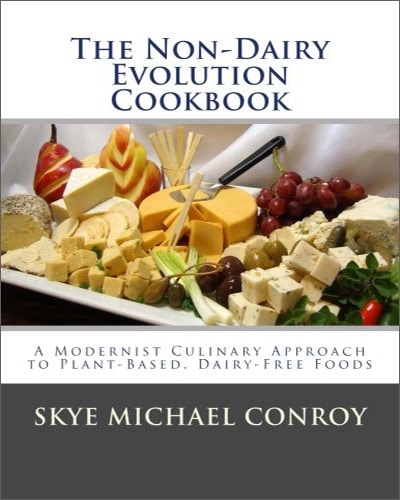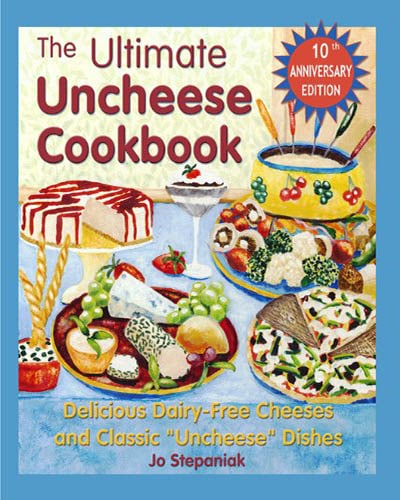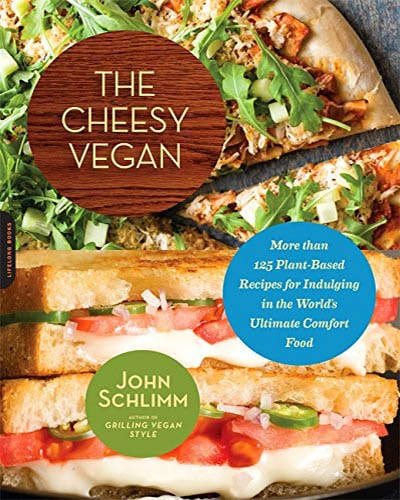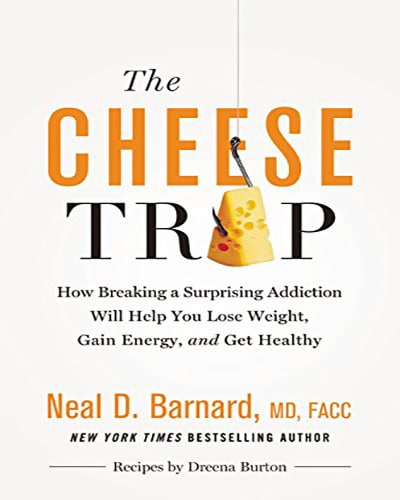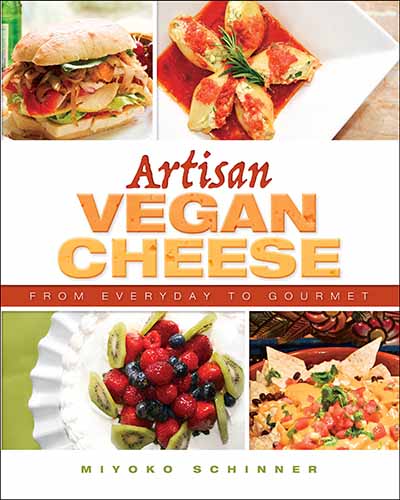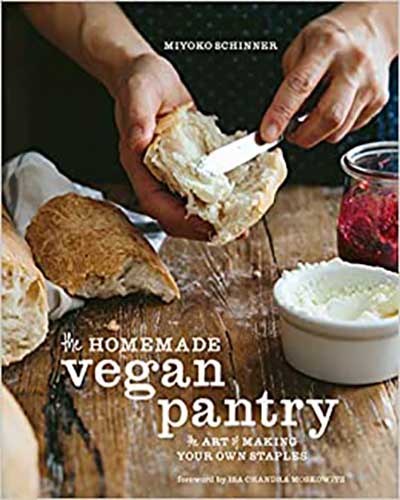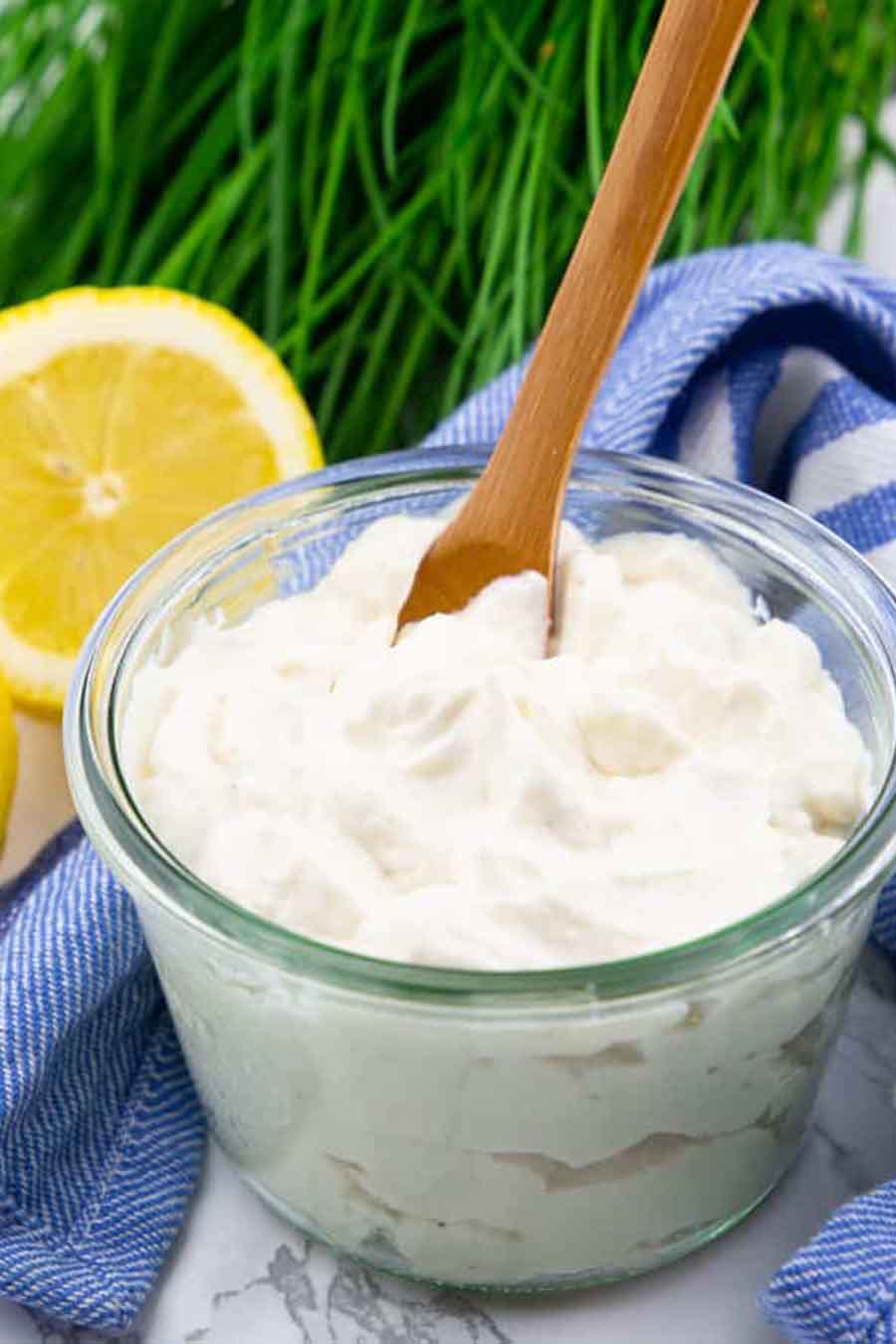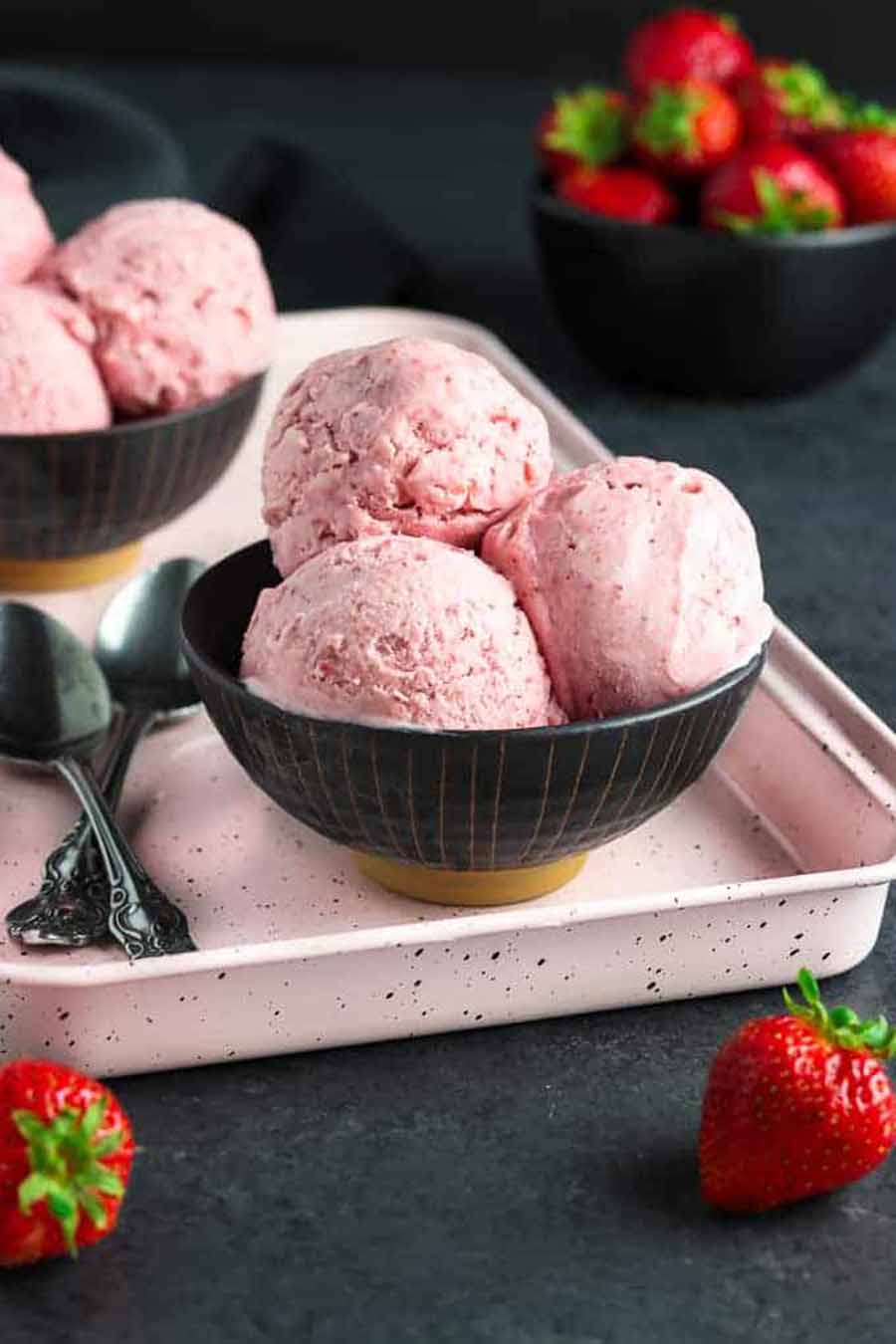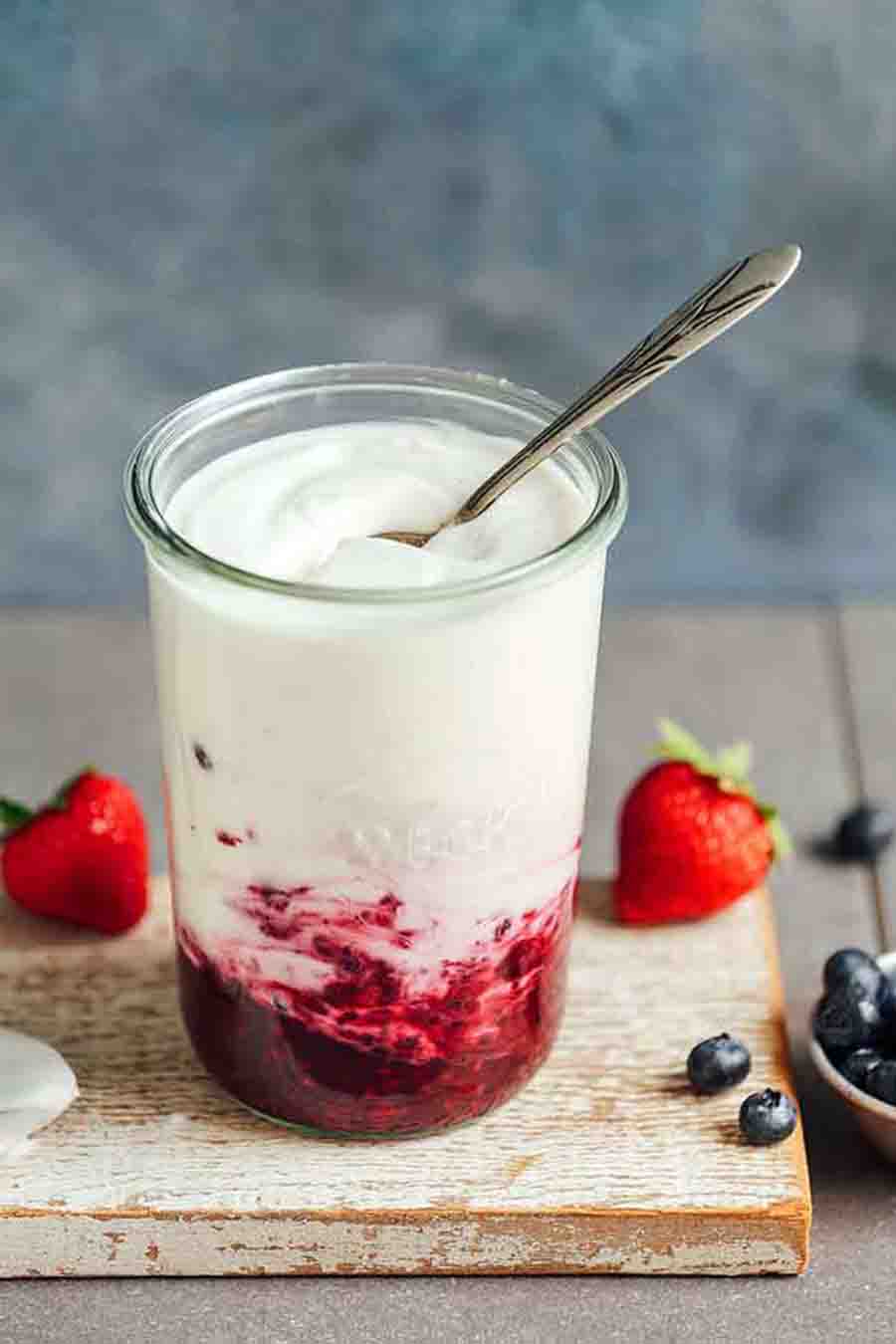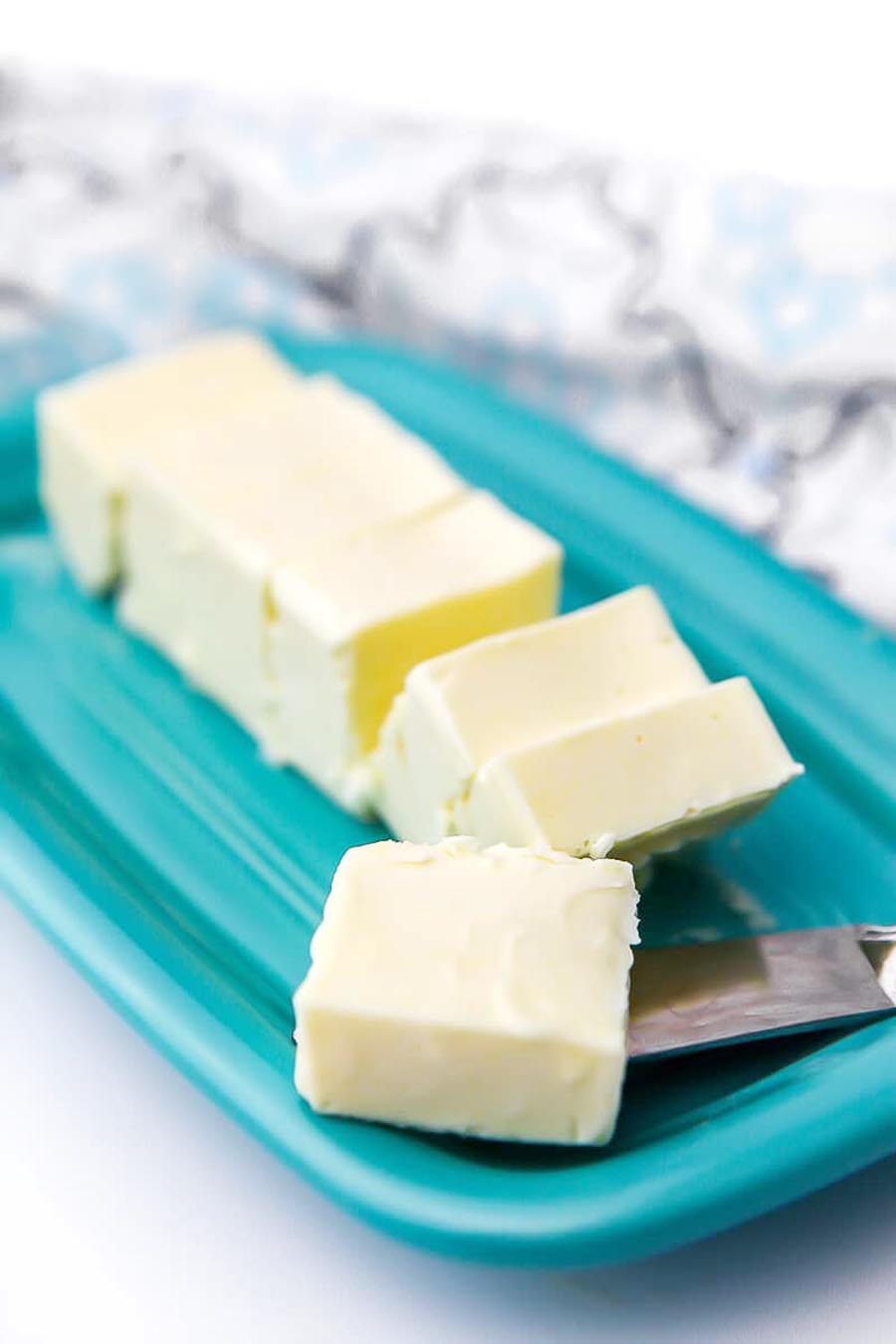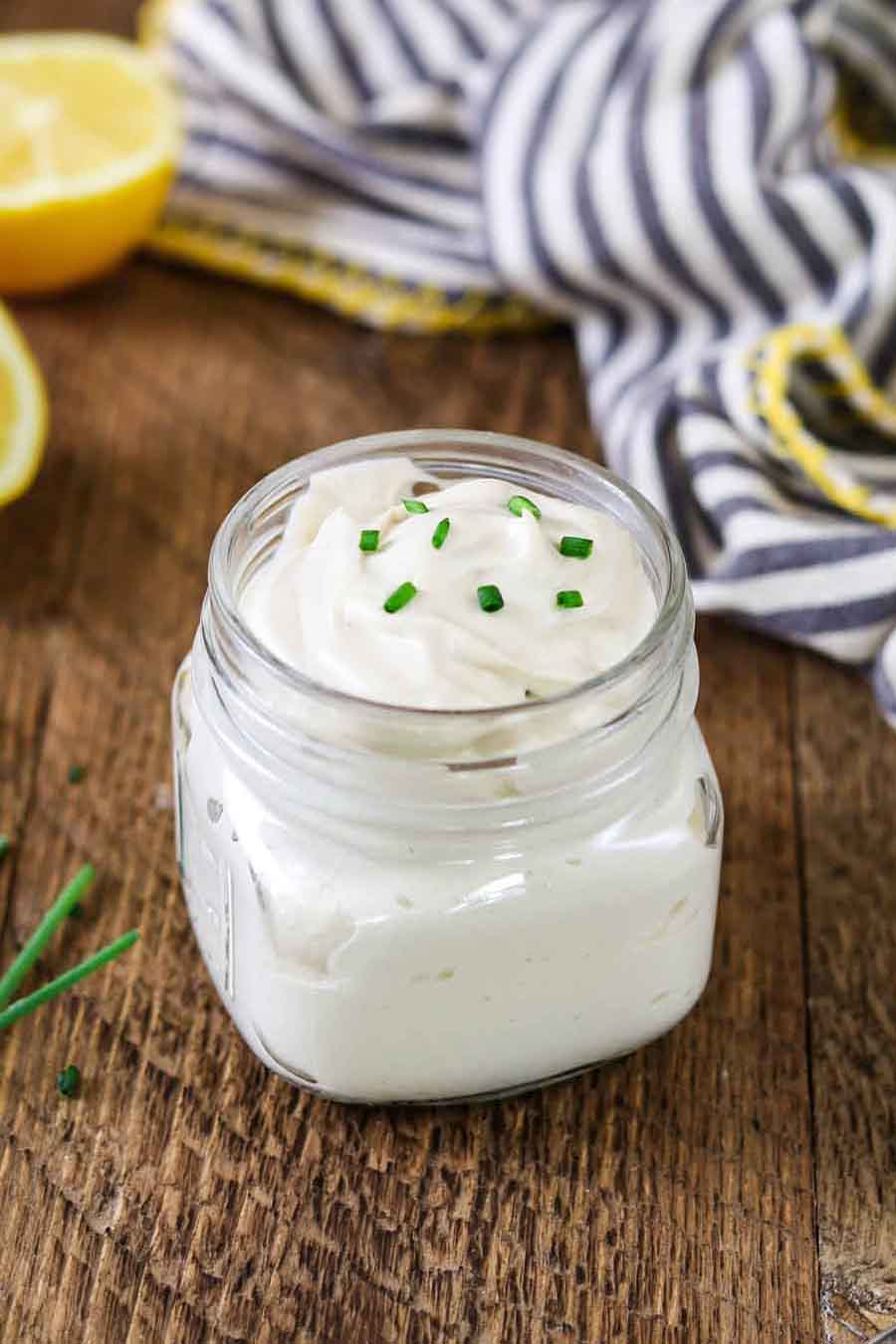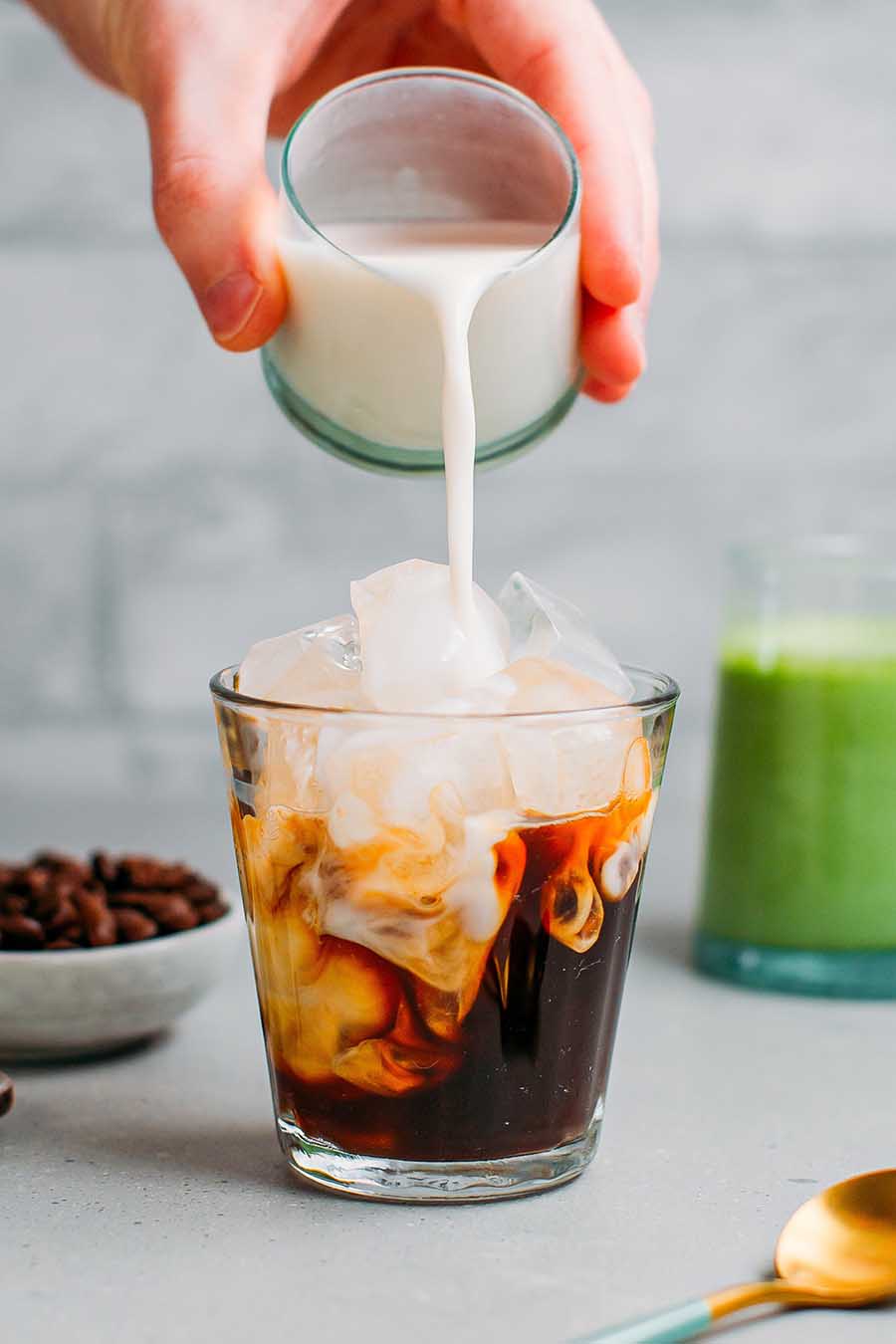
Going dairy-free is more mainstream than ever.
Are you thinking about switching to a dairy free diet? Or, have you recently cut out dairy but have a few questions about the alternatives? If so, you're in the right place.
Many people have positive, almost nostalgic feelings about dairy products as a result of the incredibly successful ad campaigns by the industry. These unsuspecting consumers are shocked to learn that the dairy industry employs some of the worst crimes against animals in our industrialized food system.
First, let me tell you why it's time to dump dairy. Then I'll show you how easy it is to live dairy free. Finally, I'll offer alternatives for all your former favorites. Ditching dairy is easier than ever; let me show you how.
QUICK NAVIGATION

Nunnu the cow, who lives at Tuulispää Animal Sanctuary, walking along the fence line / Source
1. Why go dairy free?
There are plenty of good reasons to ditch the dairy. Let’s examine the biggest one: For the animals.
Dairy milk comes from animals
Most of us didn’t grow up on a farm. Instead, we learned about farming from children’s books, toys, parents, or school teachers.
These lessons are usually general and brief; animals live on a picturesque farm with a farmer and wife who love and care for them. It’s taught that milk comes from a cow, but it’s never explained how.
What we didn’t learn from these sources, we learned from the dairy industry itself. The industry has spent millions of dollars on advertising and media campaigns promoting their products as healthy and nutritious.
They’ve been successful, too. I bet you can name at least two ad slogans for milk right now, right?
“Do the best you can until you know better. Then when you know better, do better.” – Maya Angelou.
Many people are unaware of what goes into milk production, and that’s precisely how the industry likes it. Instead, it’s time to know better so we can do better.
Beginning with the veal and dairy connection.
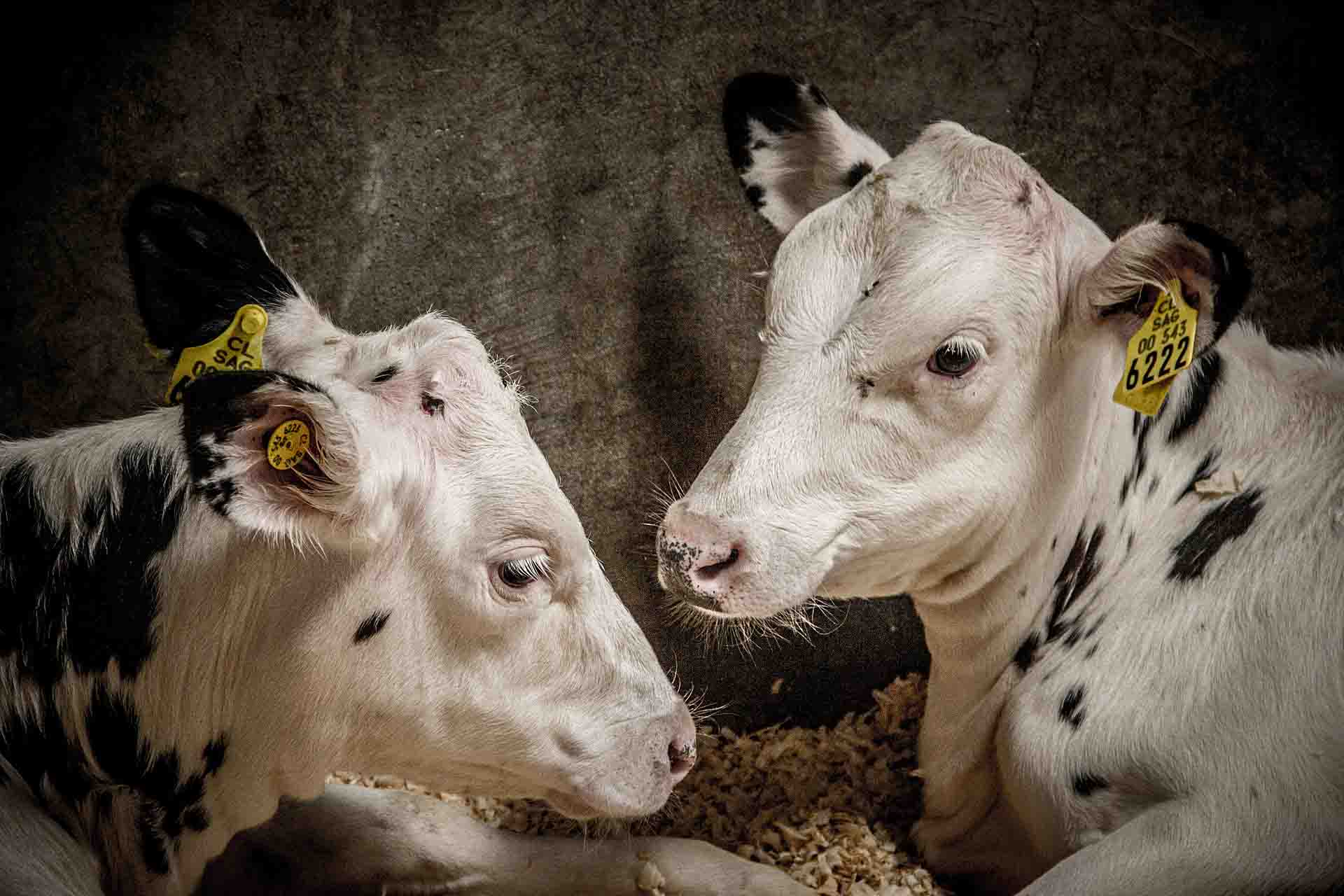
Calves lie close to each other in their resting area on a concrete floor scattered with wood chips, at a dairy farm located in Chile / Source
The dairy and veal connection
Perhaps the most significant not-so-secret secret about dairy has to do with the cows themselves. And it's a doozy.
Dairy cows are female cows who, contrary to popular thought, do not "naturally" produce a constant milk supply. Like humans, a cow only produces milk after she has given birth. Because of this, she will endure a continuous cycle of forced pregnancies her entire short life.
Although they have a natural lifespan of nearly 20 years, practically all dairy cows are sent to slaughter much sooner. Most developed dairy industries consider an average cow's "productive" lifespan to be between 2.5 and 4 years. Typically, cows will calve for the first time at two years, bringing their lifespan from birth to slaughter between 4.5 to 6 years. (1)
Culling can also occur for other reasons, including:
- She doesn't produce enough milk to cover the cost of her food.
- She is infertile.
- She could have an injury or other health issues that require a veterinarian.
- Behavioral conditions.
- To maintain herd numbers.
- Market prices.
Sounds harsh, doesn't it? That's because it is.
Every day, hundreds of thousands of dairy cows give birth to calves. What happens to all of those babies? It depends.
Female calves are raised to replace the other cows in the dairy herd. Male calves are useless to the dairy industry, however. A small number are reared to replace breeders, but the surplus of male calves goes on to supply the veal industry.
I told you it was shocking. Before I went vegan, I had no idea.
Dairy = veal.

A calf chained to a veal crate throughout the winter / Source
An industry built from the lives of babies
Straightaway, it must be said that any industry built upon the life and death of another can never be ethical. But the veal industry is especially rotten.
Bull calves are considered a by-product of the dairy industry. These male calves provide little value to dairy farmers, so they’re handed over to veal farmers to rear.
The heart-breaking process begins with the calf being removed from his mother at a very young age, typically within a few hours of birth. After the birth and removal of the calf, the mother returns to the ongoing milking cycle. (2)
Bull calves, on the other hand, can end up in a few places: A veal crate or a group housing.
Veal crates and group pens
A veal crate is a small, individual crate that measures 2.2 ft – 2.6 ft (66 – 76 cm). They’re designed to prohibit movement; calves can be tethered or chained entirely immobile while inside. (2)
The system first appeared after World War II. At that time, industrial principles were applied to many things, including farming and agriculture. Generally speaking, the idea was that the less movement possible created the most tender meat. (3)
Group pens, on the other hand, are barns that can house anywhere from two to groups of ten or more calves.
Veal crates used to be the industry standard (in some places, they still are). This standard is changing, however. Several states here in the U.S. enacted bans against their use, including Arizona, California, Colorado, Kentucky, Maine, Michigan, Ohio, and Rhode Island. (4)
According to the American Veal Association, group pens are now the industry standard for all formula-fed veal calves.
Forced separations
Before a calf ends up in a veal crate or group pen, they are removed from their mother. Here’s the uncomfortable truth about that: Dairy cows show obvious emotional distress when separated from their calves so soon after giving birth.
Studies on cow-calf relationships in domestic cattle revealed that merely five minutes of postpartum contact between a cow and her calf is all that’s needed to develop a strong maternal bond.
The same studies also show that the strongest bonds among cows are between a mother and her child. And these relationships last long after the calf matures. (5)
Anguished dairy cows have been known to escape enclosures and travel for miles to reunite with their young. Others have hidden their babies in tall grass, hoping they won’t be found and removed.
Many dairy cows cry incessantly looking for their missing calves.
For every gallon of milk that sits on shelves, there’s a grieving mother who has just had her baby taken from her.
By the numbers
Veal calves are slaughtered young from three weeks to 22 weeks old. In 2022, the United States produced 58.7 million pounds of veal alone. (6) Bob veal, the market's youngest veal, is made from calves killed when they are less than a month old. About 15 percent of all U.S. veal is bob veal. (7)
The Dairy Industry
Now that you know its connection to the veal industry, let’s discuss the dairy industry.
The typical dairy consumer likes to imagine milk coming from a small family farm with a big red barn and cows lazily grazing on a hill. Farmers lovingly tend to each cow by hand, squirting fresh milk into a metal pail. Its rhythmic sound is familiar, even though most have never stepped foot on a working farm.
This idyllic imagery is so iconic that in 1935 a Los Angeles milk inspector invented the Dairy Roadside Appearance Program. The program encouraged farmers to clean up their properties, paint barns, and plant flowers to help preserve this farm facade for consumers. (9)
Today, the Dairies of Distinction Program continues in the same way. Attractive farmsteads reinforce dairy stereotypes while hiding the reality of what happens behind closed barn doors.
Now produced at higher levels than ever, milk has become a global industry. And where is most of the milk produced?
On Concentrated Animal Feeding Operations (CAFOs), aka Factory Farms. Small and medium-sized farms are driven out of business by these large-scale operations; 86 percent of milk comes from 26 percent of farms with more than one hundred cows. (9)
Dairy farms are getting bigger, too. Farms operated on 893,400,000 acres in 2022, with an average farm of 446 acres. (10)
Modern dairy farming
Whether the cows end up on a large-scale factory farm or instead find themselves on a smaller farm, the process for obtaining milk is mostly the same.
Today’s average dairy cow will spend her entire life enduring repeated forced pregnancies to produce milk. She’s given hormones to increase milk production and antibiotics to combat sickness from the modern farm's dirty, crowded, and unnatural conditions.
She’ll give birth only to have her baby taken from her within minutes or hours of being born. Still grieving, she’ll be put back into milk production until the cycle begins again.
The dairy industry could not exist without exploiting mothers and their children. And the veal industry could not exist without the dairy industry.
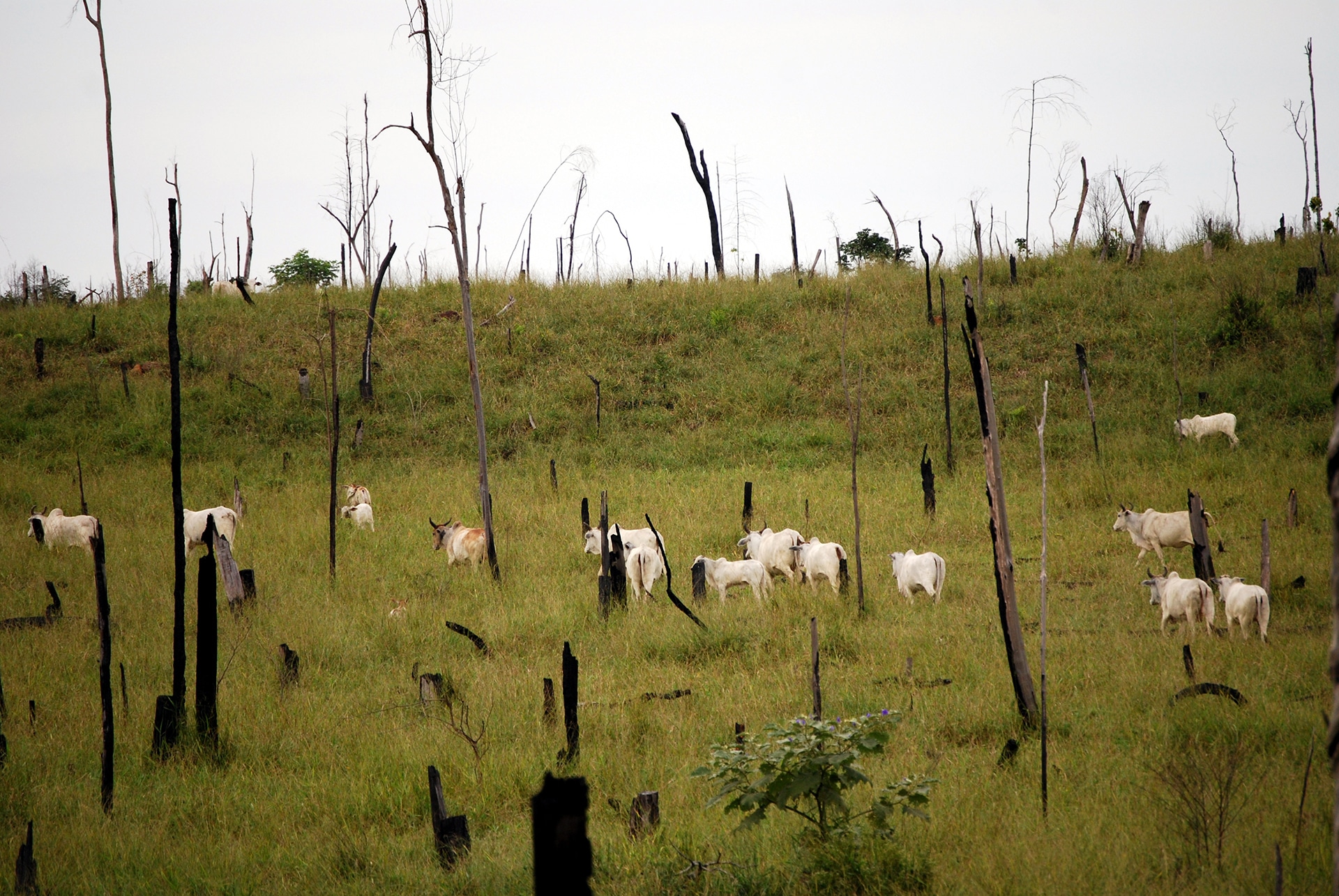
Cattle grazing in deforested land / Source
2. Dairy and the environment
A closer look at how dairy products and the environment are connected.
Going dairy free helps the planet
Dairy products aren’t just terrible for animals; they’re awful for the environment too. Currently, we’re in the midst of massive ecological devastation.
Raising animals for foods like dairy products is the single greatest human-induced source of environmental destruction.

Dairy by the numbers
Dairy farming significantly contributes to air pollution, ocean dead zones (11), habitat loss, and species extinction. It’s also a shockingly inefficient and wasteful use of our limited natural resources. Not only that, but dairy cows also create a big, giant waste problem:
- It takes 1,000 gallons of water to make one gallon of milk. (12)
- One pound of cheese requires 900 gallons of water. (13)
- Cheese generates the third-largest food source of greenhouse gas emissions. (14)
- Cows produce 150 billion gallons of methane per day. (15)
- A farm with 2,500 dairy cows has the same amount of waste as a city with a population of 411,000 people. (16)
- Dairy Cows create more than one billion pounds of waste in one day. (17)
Learn more about how animal agribusiness hurts the animals and the planet in this comprehensive guide, Environment & Veganism.
3. Mothers Against Dairy
Because motherhood isn’t limited to one species.
What is Mothers Against Dairy?
Mothers Against Dairy is a worldwide movement that launched as a project devoted to sharing stories from vegan mothers whose mothering deeply reinforced for them the injustice of dairy farming.
I am a mother against dairy, here's my story
Every July 14th, I sit down to write. Sometimes I write in a journal, keeping my darkest thoughts and ragged grief to myself. Other times I’ll write an article on this website that’s just a little too personal to make me feel comfortable hitting the publish button. Nevertheless, I still do.
July 14th is a bittersweet day. It’s my son’s birthday. We should be celebrating, but we aren’t and never will. That’s because my son was stillborn, he died before he was born.
There are reasons, explanations, and medical terms that describe what happened to my son. They’re just words, though. None of them can change what happened; nothing can.
Saying goodbye
I was 19 years old when Jonathon was born. He was full-term and born several days before my due date and two days after his father’s birthday. Circumstances meant I had no choice but to have a natural birth, knowing my son was already gone.
I didn’t know then, and still struggle with now, how to cope with the loss of my only child. I held my son when he was born, trying to absorb a lifetime of love from the child I would never get to raise.
Our time together couldn’t last. I knew that. Eventually, I would have to call the nurse to come and get my son. I would have to call the nurse, and once I did, I’d never see my son again.
I’ve never made a more difficult call than when I pushed the call nurse button—the time I spent with Jonathon seemed to go by in a split second. It wasn’t enough; I wanted more.
When the nurse came, I had a hard time letting go. Finally, I wrapped my son in a blanket, kissed his forehead, and handed him to the nurse. Watching my son leave, my heart broke into a million pieces. Although many years have passed, the hole his death left in my life feels as palpable today as it was then.
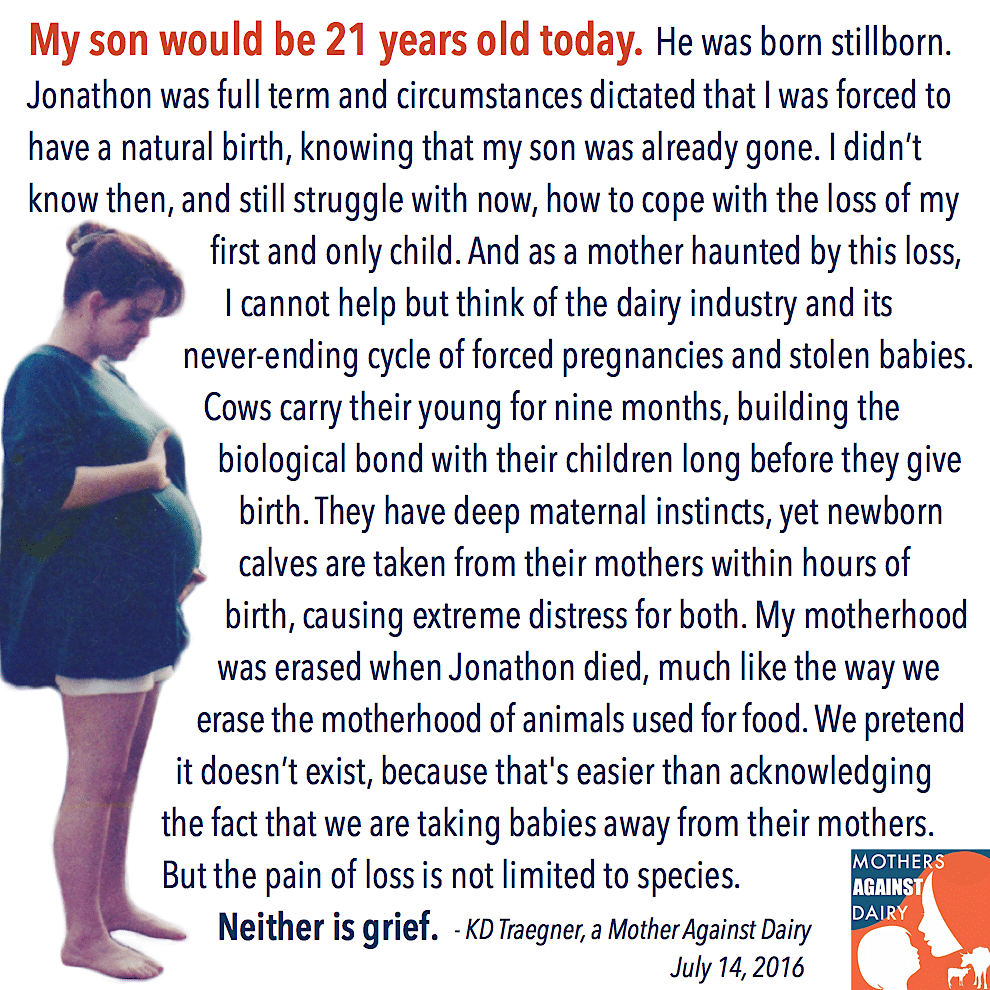
A vegan connection
I mourn the loss of my son every day. There is nothing that I wouldn’t give to be able to have raised him. Indeed, I never had the opportunity to mother my child, but I am a mother.
My feelings for my son about the life I created and birthed are profoundly maternal and filled with grief. I imagine any animal who creates life and brings it into this world, any mother, would feel the same way if they lost a child. And I imagine that their pain is as tangible as mine.
Separating families is what the dairy industry does. We pretend it doesn’t because it’s easier than acknowledging that we are taking babies away from their mothers. Children are taken from their mothers within minutes or hours after being born. My motherhood was erased when Jonathon died, much like how we wipe away the motherhood of dairy cows.
I know losing a child hurts — human or non-human — children are mere children to their parents. The pain of loss is not limited to species. Neither is grief.
We don’t have to be the same as mother cows to care about them as individuals. We only have to care.
4. Dairy free food guides
Whether you are new to dairy free living or a seasoned pro, these guides are for you.
How to find dairy free foods
They’re filled with everything you need to know about buying and cooking vegan and dairy free alternatives. Each guide features an introduction to the issue, a comprehensive shopping guide (links included!), a selection of recipes to try at home, and much more.
There has never been a better or more delicious time to go dairy free.
Milk
Coffee Creamer
Butter
Cheese
Ice Cream
Sour Cream
Egg Replacements
Yogurt
Mayo
5. Dairy free cookbooks
These cookbooks contain recipes, tips, and tricks on blending the perfect creamy dairy free favorites.
Dairy free inspiration
Here is a selection of cookbooks that are filled with tips, tricks, and helpful knowledge on tasty, easy-to-make dairy-free recipes. From ice cream to cheese to everything in between, these books have it all.
Am I missing your favorite dairy free cookbook? Email me to get it added.
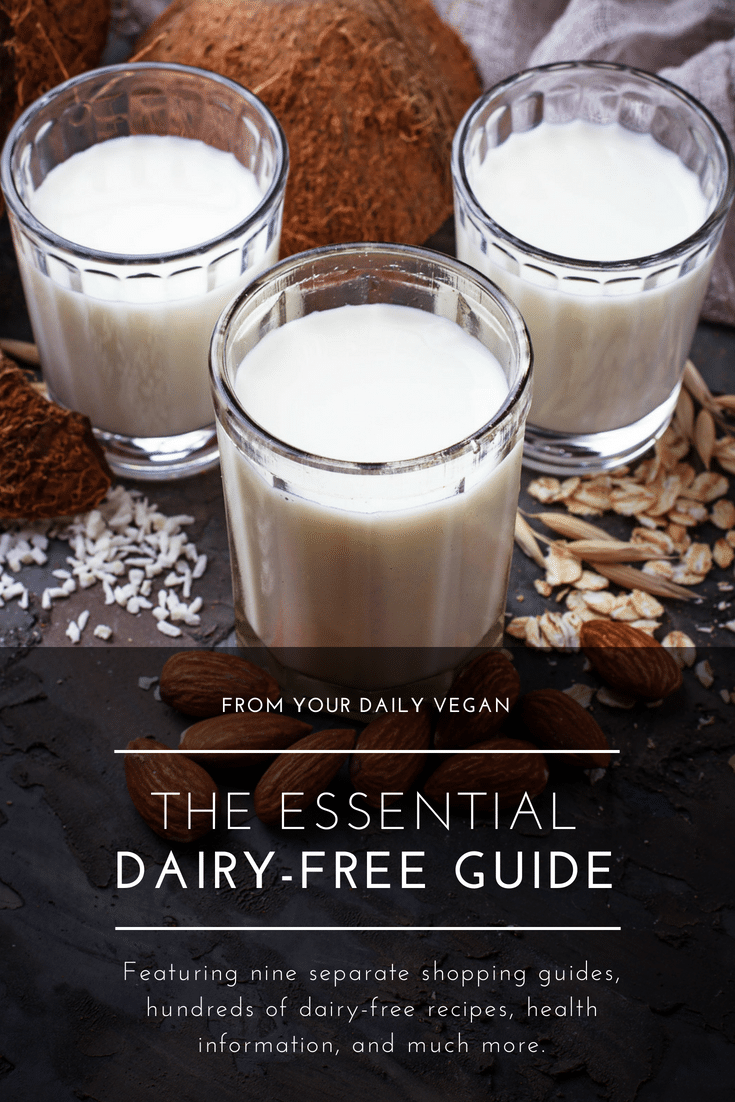
Truth in advertising
I am committed to providing accurate information to the vegan community. This topic has been meticulously researched and contains researched and cited sources, ensuring transparency and reliability for readers seeking accurate information.
Please contact me if you find incorrect data.

